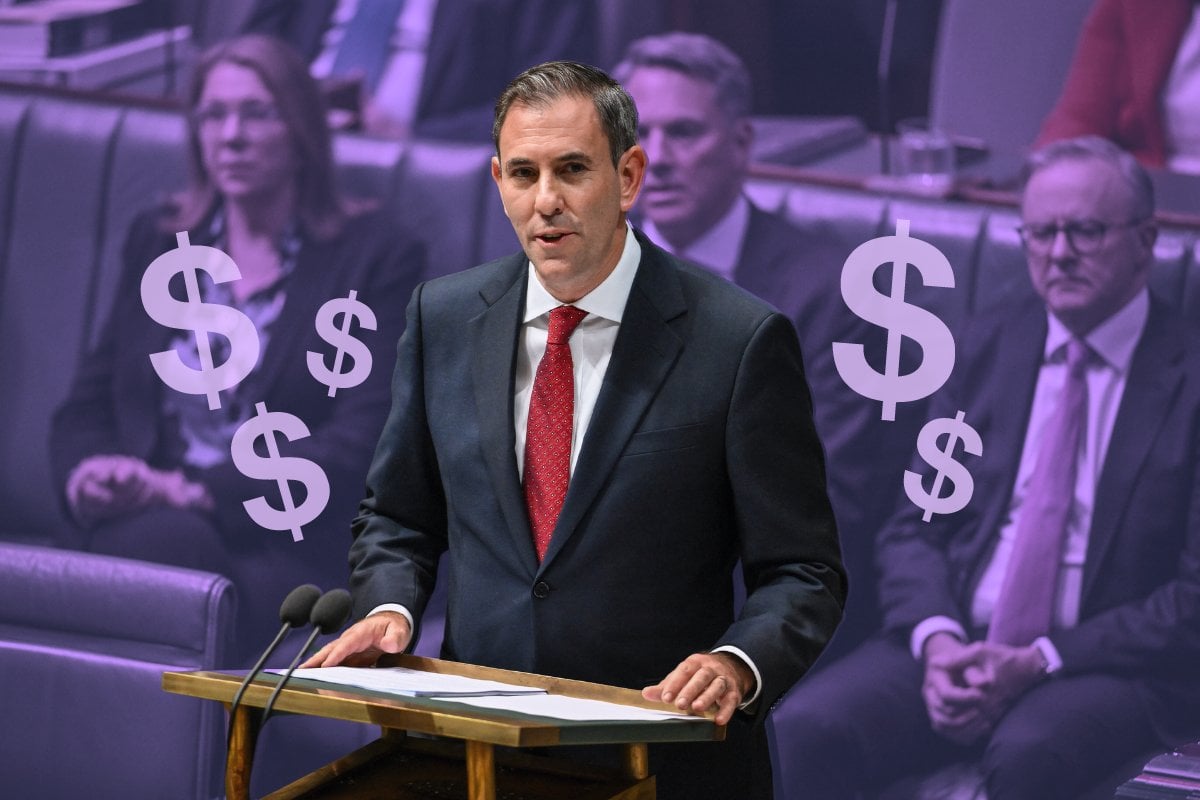
Yesterday in Canberra at Parliament House the mood was high amid the 2024-2025 Federal Budget being handed down on Tuesday night.
Treasurer Jim Chalmers has announced the government's third budget, saying the policies are designed to combat inflation while providing respite to those who are struggling.
Here are some of the biggest features in the Budget that will impact women.
Cost of living.
In his Budget announcement, the Treasurer said cost of living relief was the biggest focus for the Federal Government. Energy rebates for every household, a cap on the price of prescriptions and further relief for renters led the cost-of-living relief measures.
Watch the moment Treasurer Jim Chalmers hands down his Budget. Post continues below.
Power bill relief will see every household get a $300 energy rebate from July, while eligible small businesses will get a $325 rebate. Energy companies will apply $75 credits to each quarterly power bill under the rebate scheme.
The cost of medicines will also be frozen, with a cap of $31.60 set for prescriptions included in the Pharmaceutical Benefits Scheme. Cost caps of $7.70 will also be in place for five years for pensioners and concession holders.

Top Comments